A cold frame is not necessarily a greenhouse. It basically a warming hut for seeds and seedlings.
A cold frame greenhouse is nothing but a box with clear lid that can trap heat and shelter plants from low temperatures and battering weather.
The transparent lid absorbs the sunlight and can be kept shut to keep out the elements or lifted for air circulation.
Cold frames are generally bottomless for good drainage and sit low to the ground without any artificial light source.
Both cold frames and greenhouse shield plants from winds and use solar energy and insulation to increase the temperature inside.
The ideal temperature for growing plants is within a range of 60 – 70°C (15.5-21.1°C). But if you are germinating or propagating cuttings, the temperature must be kept higher around 80 – 85°F (26°-29°C).
Temperature Requirements
Maintaining optimum temperature is very important for higher yields. There is a direct relationship between temperature and photosynthesis. Cooler temperature causes the rate of photosynthesis to fall.
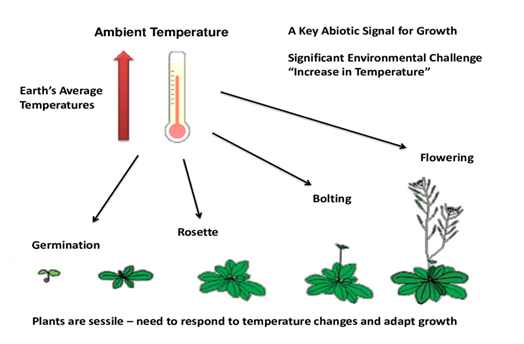
Temperature is a significant factor considering the process of germination and fruit and flower development.
They need to be planted in soil that is warm enough for them to germinate. So, if you are having cold air or soil temperature, you might consider growing your vegetable garden in a cold frame or greenhouse.
How a Cold Frame or Greenhouse Does Get Warm?
As already mentioned, a greenhouse or cold frame absorbs or traps the sun’s heat. The Greenhouse cover is made up of glass or plastic through which the sun’s heat enters the structure.
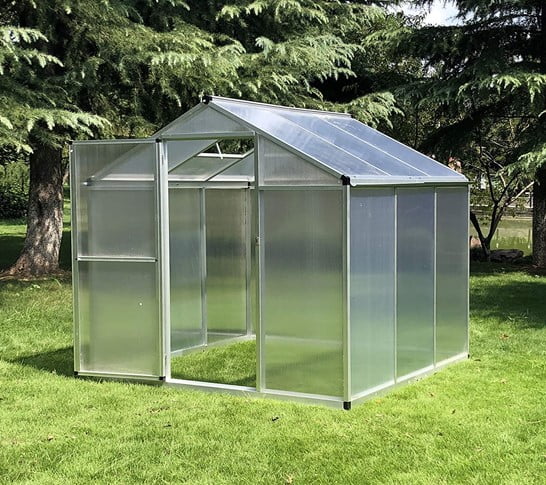
Inside the structure, the soil, and plants that have absorbed the sun’s heat now emit radiations. Unlike the sun’s energy which can enter and exit the greenhouse freely, these radiations or energy hardly gets out and thus, helps to trap heat inside.
It is essential to maintain the temperature inside a greenhouse. As good as it is that it makes a greenhouse warmer, it may lead to overheating. So, your greenhouse needs to have proper ventilation.
To combat this issue, vents are installed. The warm air near the soil rises, which needs to be replaced with fresh air, and this is what the vents do. The warmer air exits via the roof, and cooler air enters via the ground level’s louvered vents.
Temperature of An Unheated Greenhouse
An unheated greenhouse is also known as a cold greenhouse. It is heated only by the sun’s heat. When the outside falls to 20°F (-7°C), the minimum temperature inside the unheated greenhouse comes down to 28°F (-2°C). This means that an unheated greenhouse can get at least 8°F (5°C) warmer than the outside.
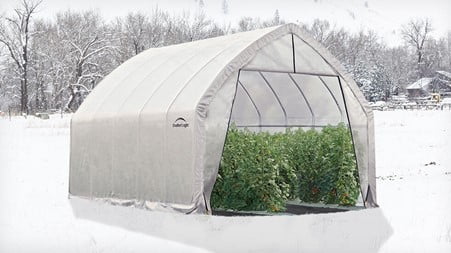
Unheated greenhouse can be used in fall and winter to keep plants frost-free. The plants remain tender, frost-free, and start producing hardy vegetables like salads and herbs. Not only that, but it also protects it from winds, air, and snow.
Are Cold Frame Greenhouse Warm at Night?
This question has always been a part of debates. But a simple answer to it is that it depends on your location and the type of structure.
It is believed by many growers that the temperature inside a walk-in or mini greenhouse is the same as outside at night. This is due to the temperature dip. A solution to such conditions is to use thermal blankets at night or putting black barrels filled with water.
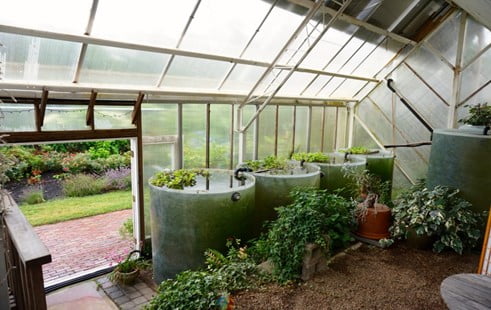
place the water in a place receiving most sunlight. This way, it will absorb the sun’s heat during the day, and at nighttime, the captured heat can be emanated from the water to warm the greenhouse. The larger the barrel, the more the heat will be absorbed.
Conclusion
We hope that through this article, you might have gotten some idea of how a greenhouse works and how it can help you extend the growing season of your plants.
Happy Planting!

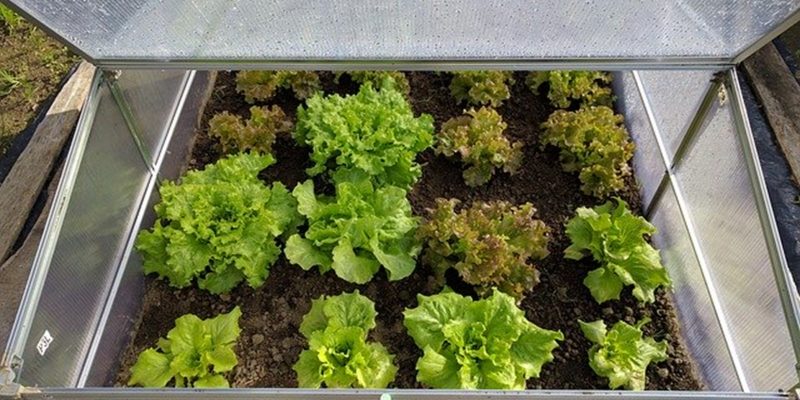
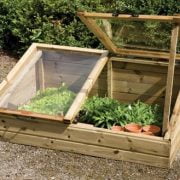
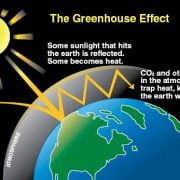

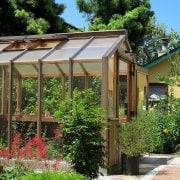
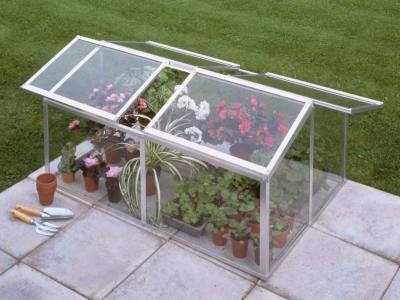
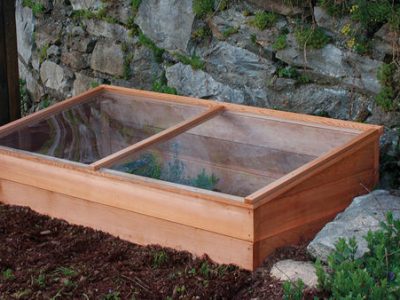
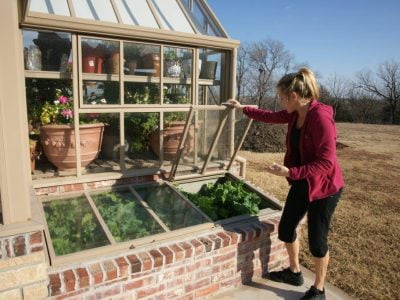
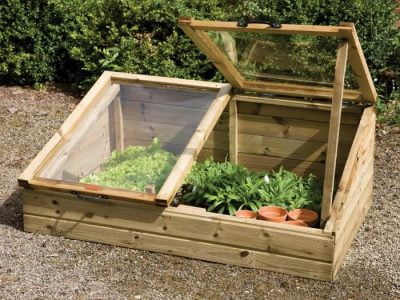


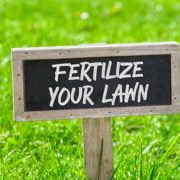

Comments